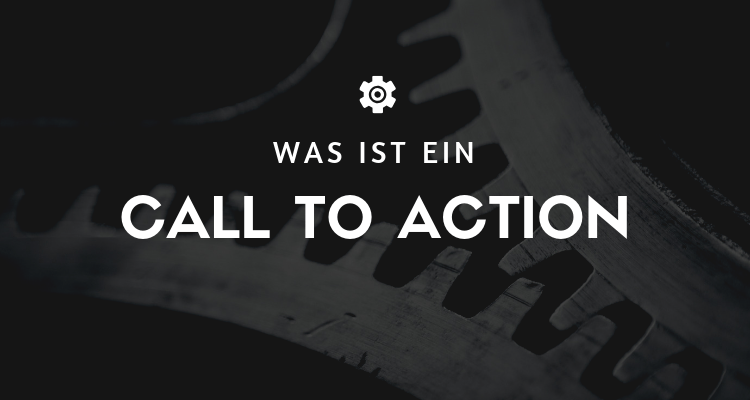What is a Call-To-Action (CTA)?
A Call to Action or "CTA" is a specially constructed statement aimed at prompting a website visitor to perform a specific action. Calls to action are most commonly used as a conversion optimization technique in internet marketing. They are used to get someone to "convert" from a visitor to a desired classification based on the action performed. Such actions are, for example, clicking on an ad, purchasing a product or contacting a service.
The 3 Main elements of the CTA's
Calls to action usually include a time-related statement, as well as the actionthat the advertiser wants from the person, and generally the benefitthat can be achieved as a result. As an example, an advertiser who sells a product on an E-commerce-website, initiate a specific sale and enter this information into a database created by the Search Engine insert a sponsored ad. The advertiser then explains in the ad that there is only "25% of the sale today. Click here now!".
The ad contained all three elements. The desired action was for the person to click on the webpage. The benefit for the person was to save 25%, and there were two time-related statements (one stating that the discount was only good for today and the other the use of "now"). Although the ad contained both a promotion, a benefit, and two time-related statements, the actual CTA was "Click here now to save."
The ad "calls the person to action" by stating what they should do ("click here"), the benefit of doing it ("to save money, time, etc.") and when they should do it ("now").
Calls to action that give people a sense of urgency
The benefits in a CTA can be either positive or negative in the description, but either way they represent a benefit to the user. If an advertiser wants people to sign a petition banning something, they portray what they want to ban as negative. The user would see a benefit to banning that thing. Negative benefits are just as effective as positive ones, and can be even more so if the user has a personal incentive to engage.
Time statements can vary in form, but often use terms that prompt the user to take immediate action. Such timings are specifically designed to do this, as the user is more likely to take action when reading the benefits summary, as they are actively thinking about the benefits to them. Such "strike while the iron is hot" actions lead to excellent results and make urgent calls-to-action the most commonly used and successful type of CTA's.
« Back to Glossary Index





 By
By 